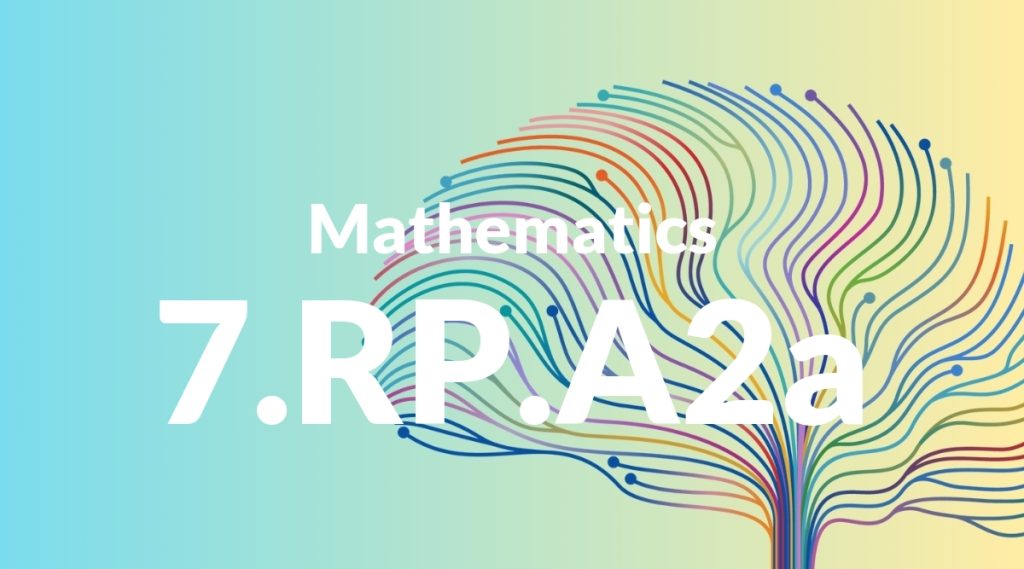Standard: 7.RP.A2 – Recognize and represent proportional relationships between quantities.
Grade level: Grade 7
Subject: Mathematics
Domain: Ratios & Proportional Relationships
Teacher Overview
This standard is crucial because it helps students understand and identify proportional relationships in various contexts, an essential skill for solving real-world problems. Mastery of this standard lays the groundwork for more advanced topics in algebra and beyond. Students need to have a solid understanding of basic fractions, equivalent fractions, and ratios. They should also be comfortable with multiplication and division operations.
After mastering this standard, students will be able to solve complex real-world problems involving proportional relationships and will be prepared to tackle linear equations and graph interpretations.
Common Misconception 1
A common misconception is that students believe all relationships between quantities are proportional. This is incorrect because only relationships with a constant ratio are proportional.
Intervention 1
To address this misconception, provide students with a mix of proportional and non-proportional examples and have them determine which are proportional and why.
Common Misconception 2
Another misconception is that students may confuse the constant of proportionality with the ratio of the quantities. This confusion can hinder their ability to correctly identify and use proportional relationships.
Intervention 2
Use visual aids such as graphs and tables to help students distinguish between the constant of proportionality and the ratio of the quantities, and provide ample practice with feedback.
Prerequisite Knowledge
Students should understand basic fraction concepts, equivalent fractions, and the concept of ratios. They should be able to perform simple multiplication and division operations.
Subsequent Knowledge
Students will develop the ability to solve real-world problems involving proportional relationships, understand and use linear equations, and interpret graphs of proportional relationships.
Instructional Activities
- Create and interpret tables of proportional relationships.
- Graph proportional relationships and identify the constant of proportionality.
- Solve word problems involving proportional relationships.
- Use manipulatives to visualize proportional relationships.
- Engage in group activities to compare and contrast proportional and non-proportional relationships.




